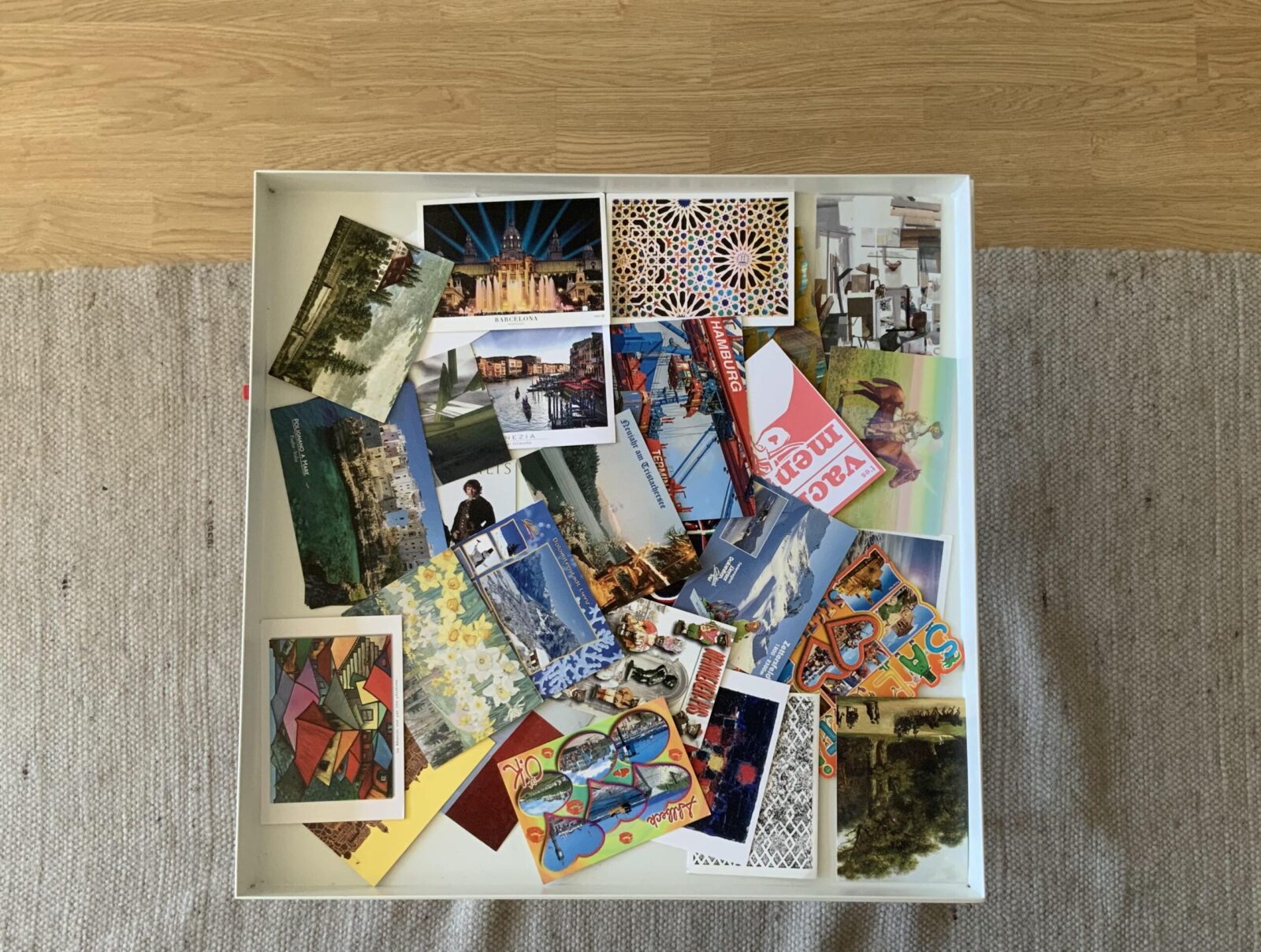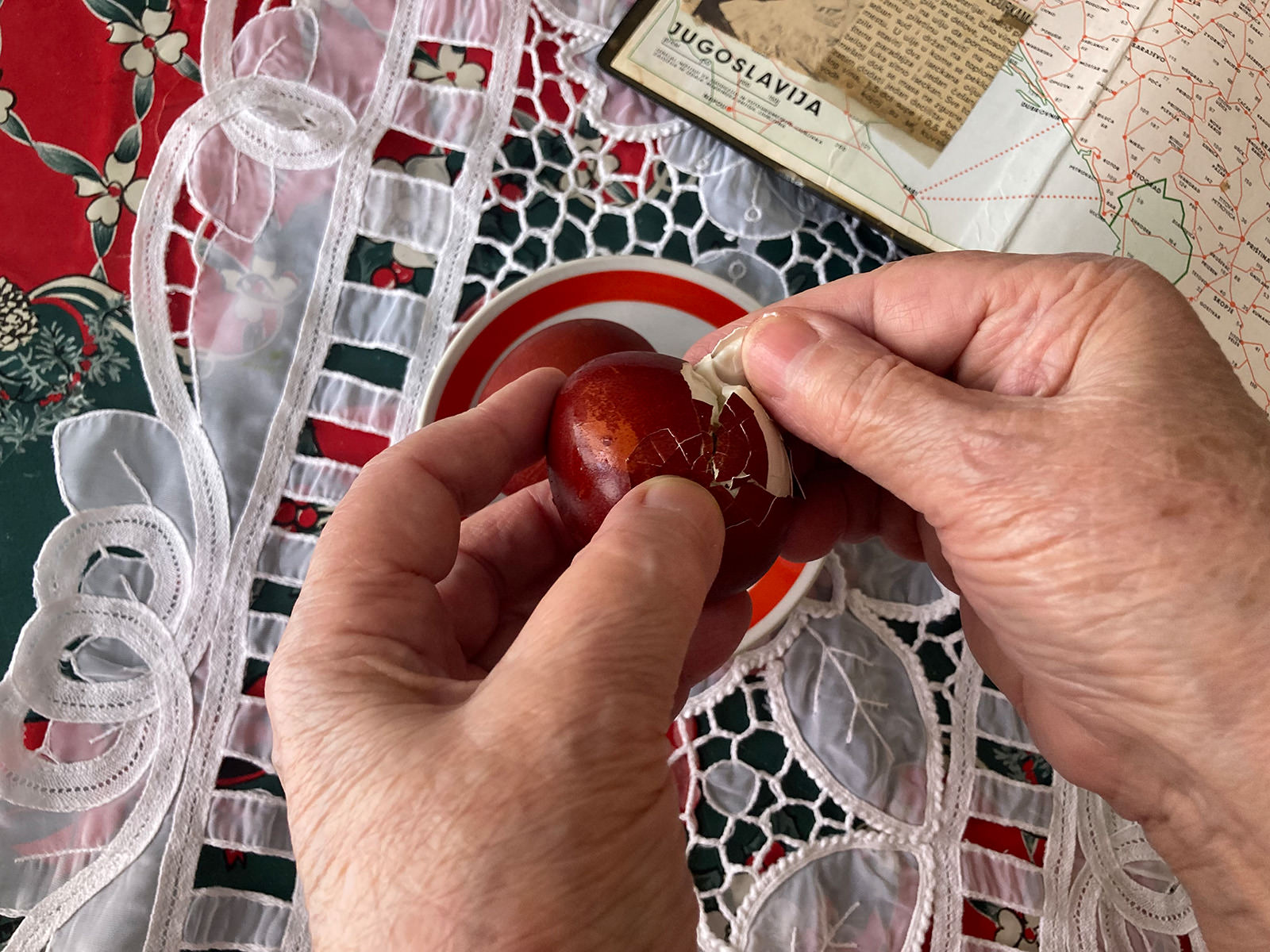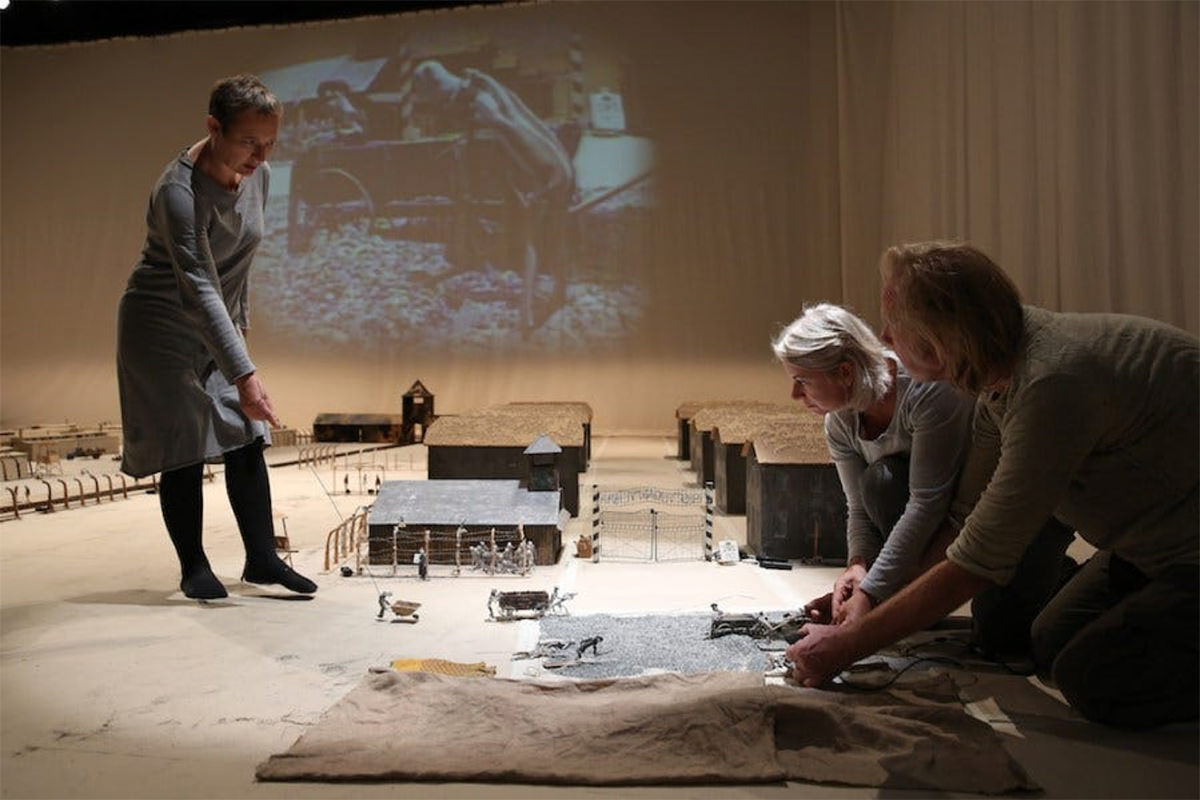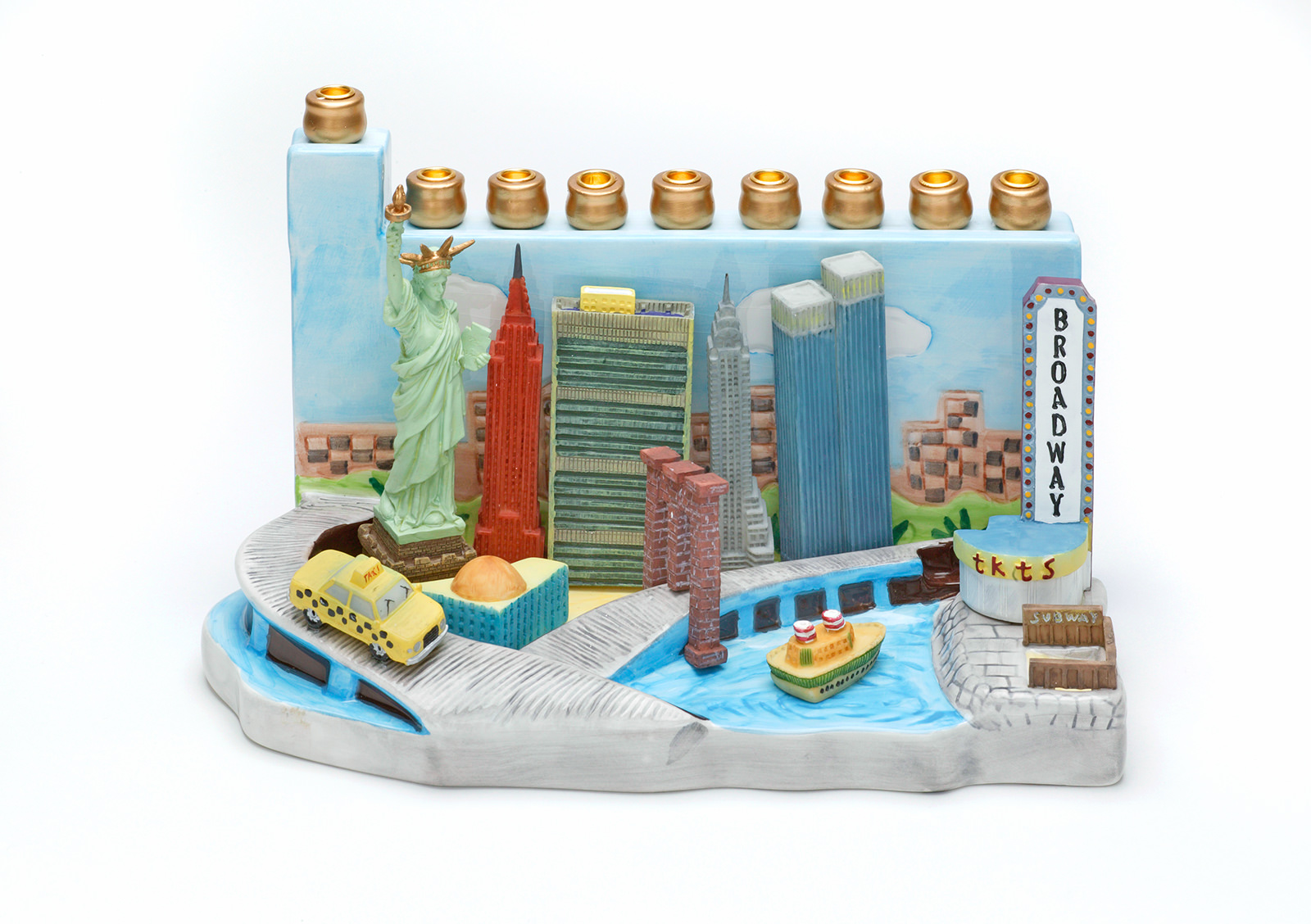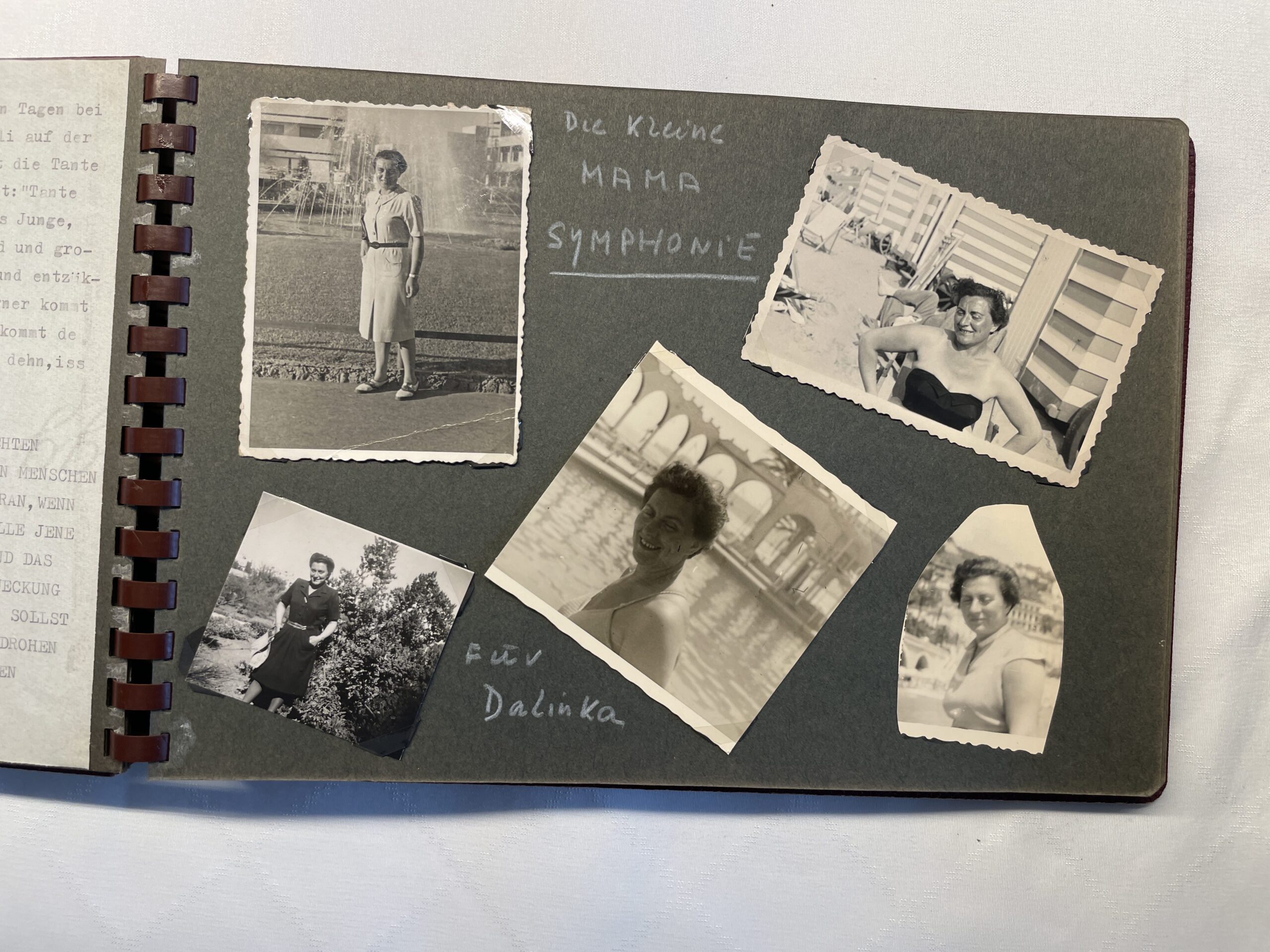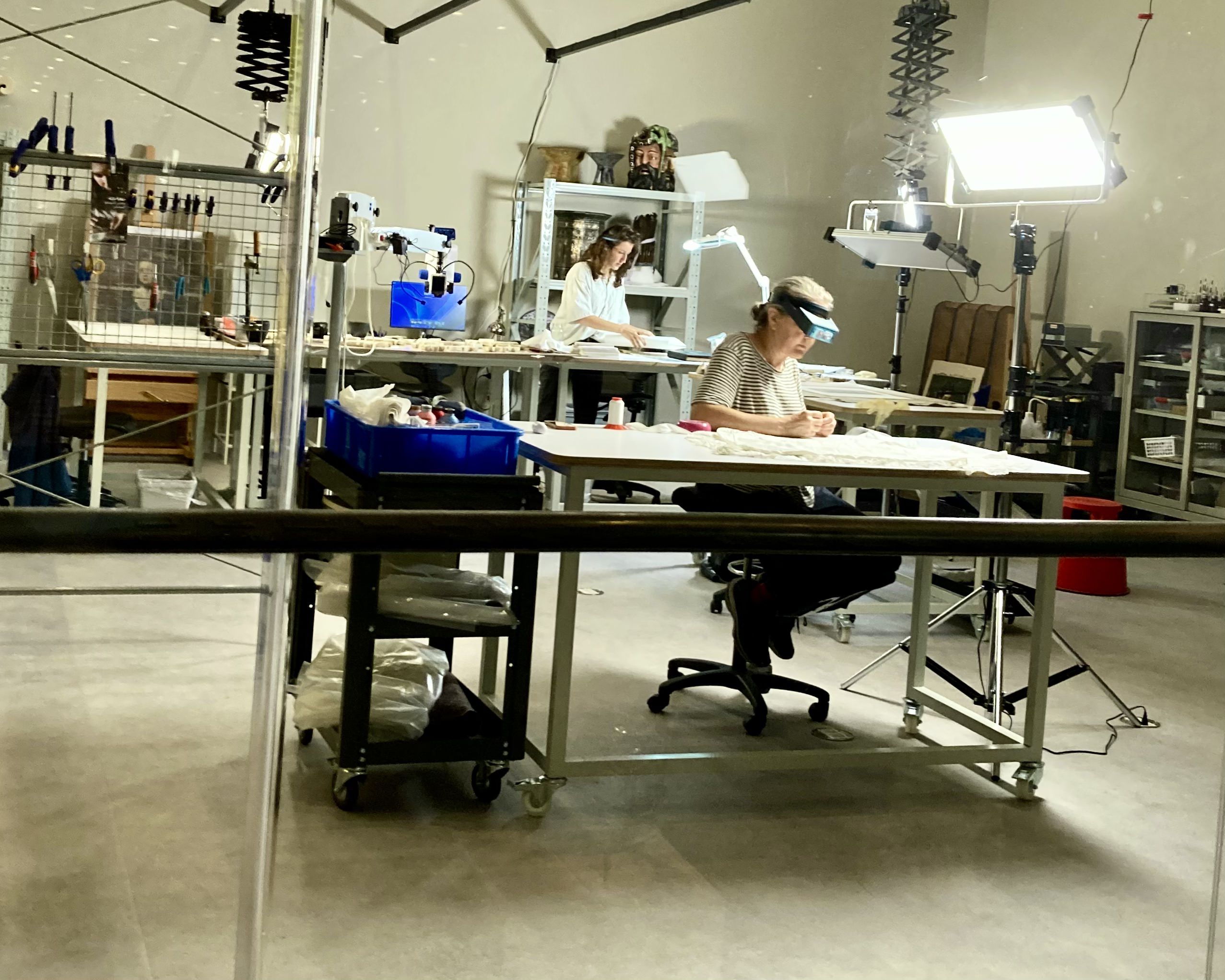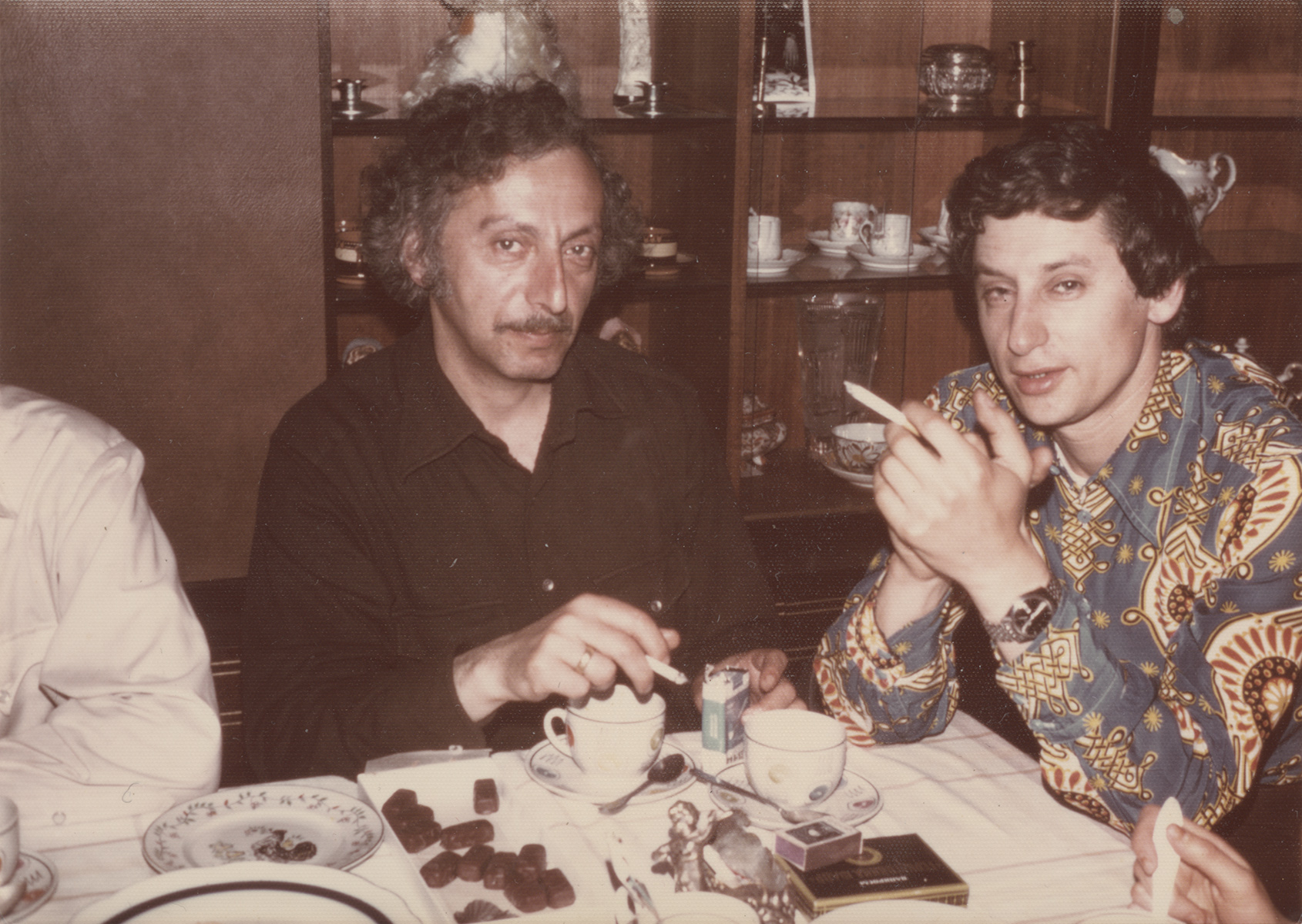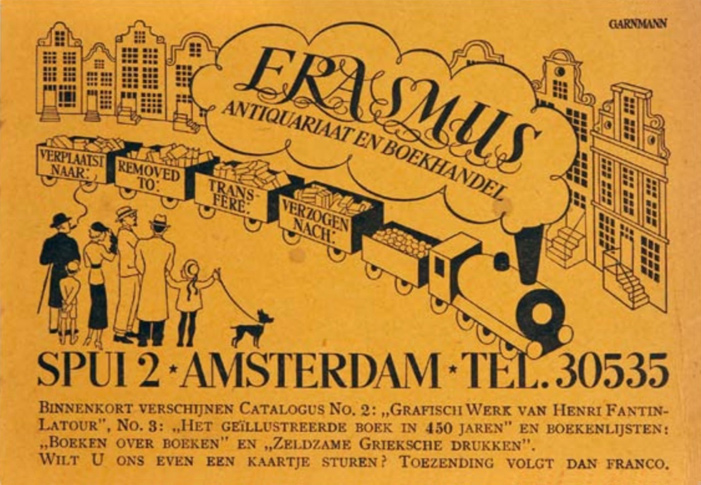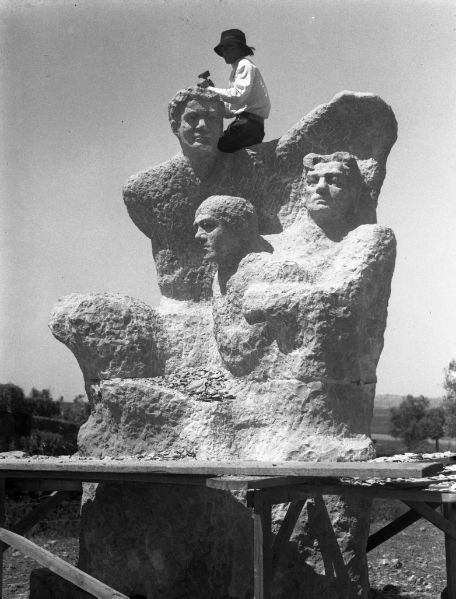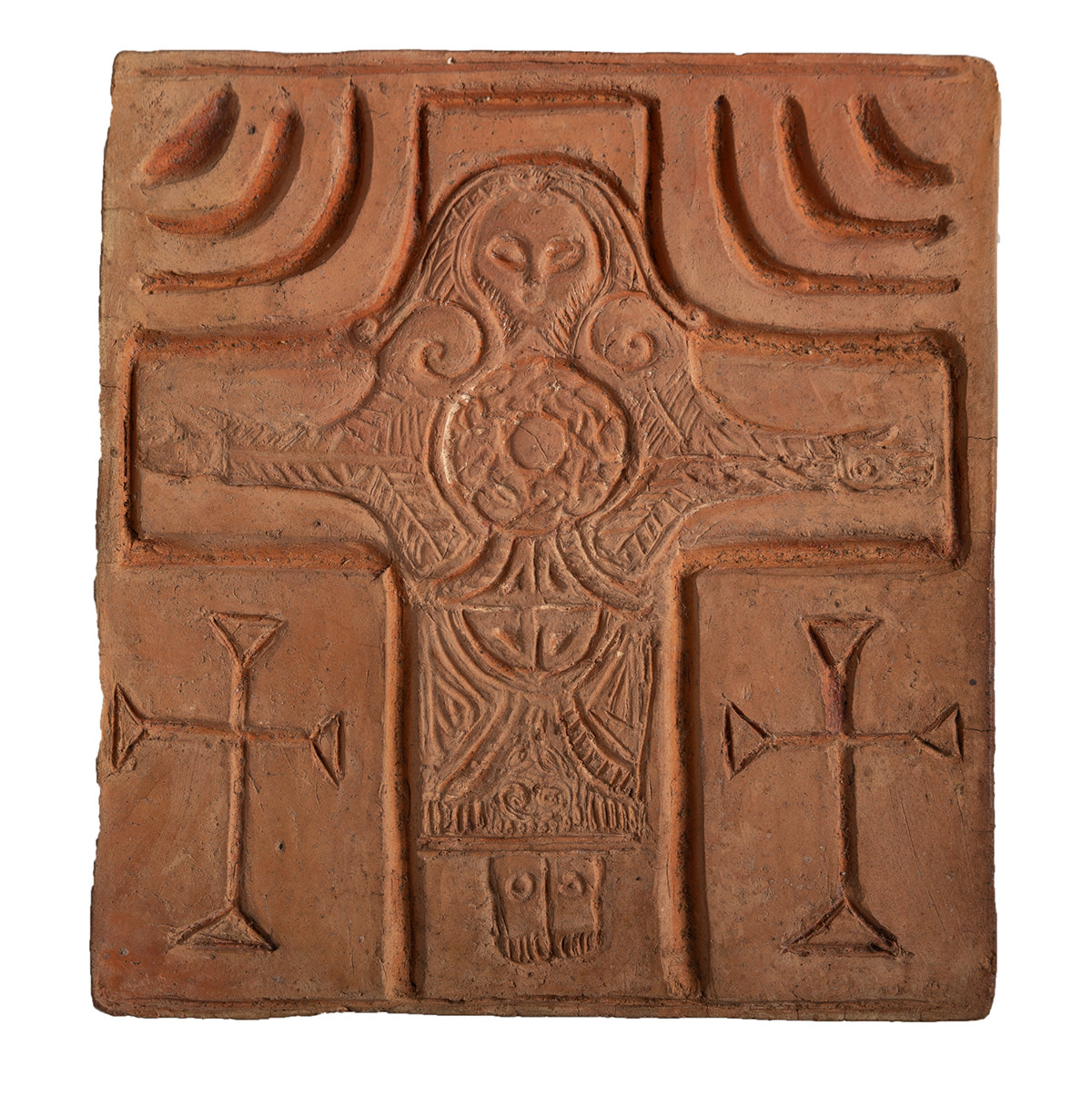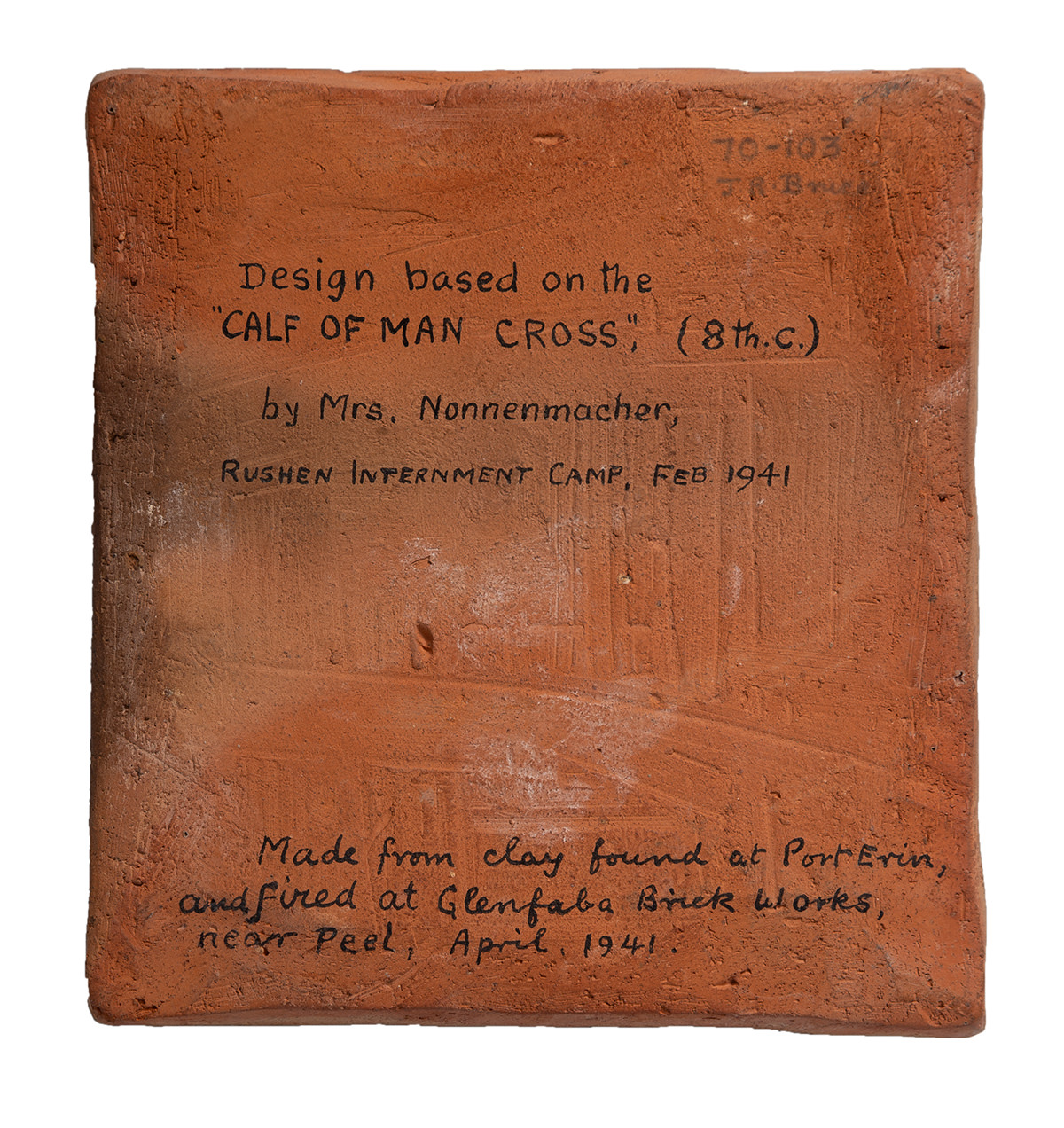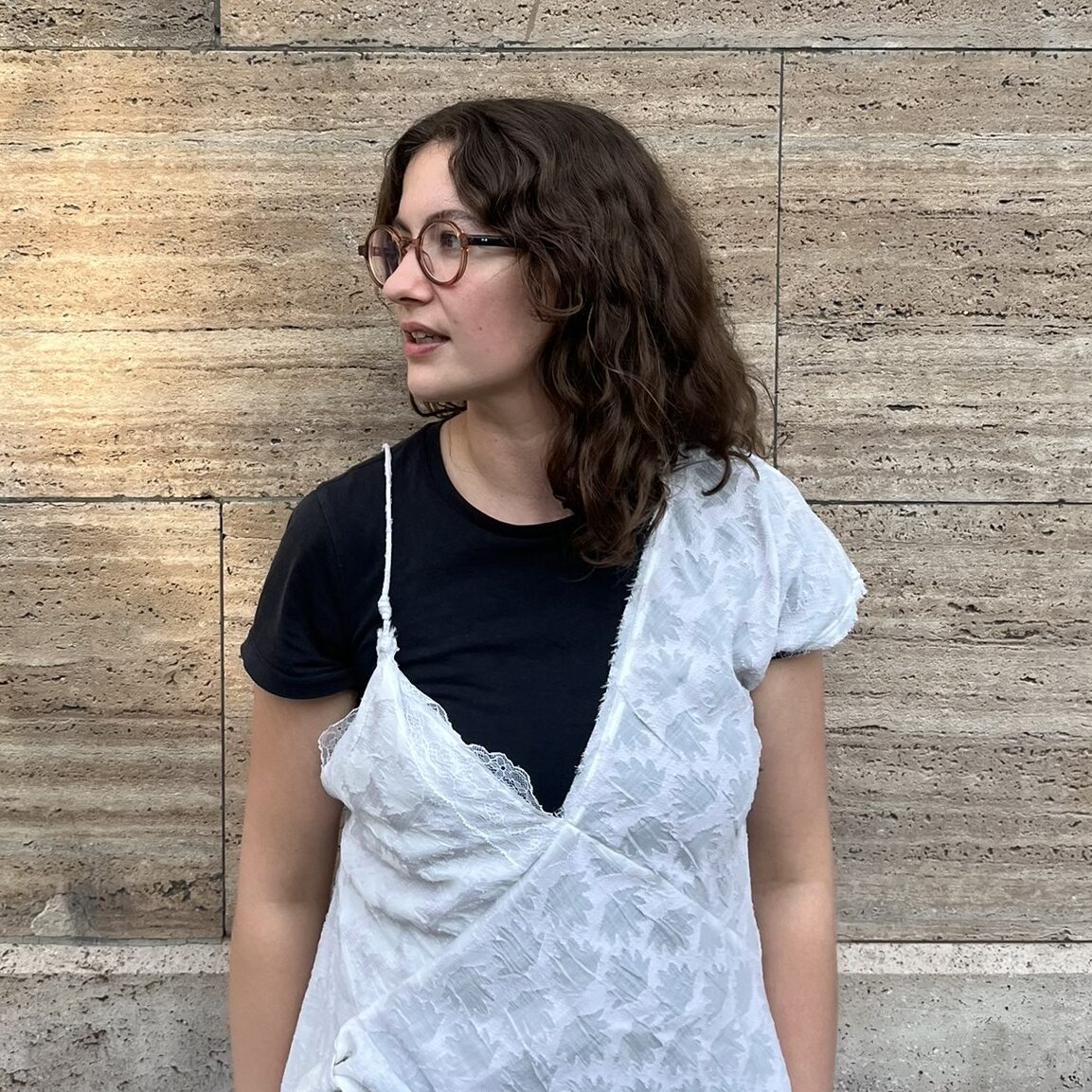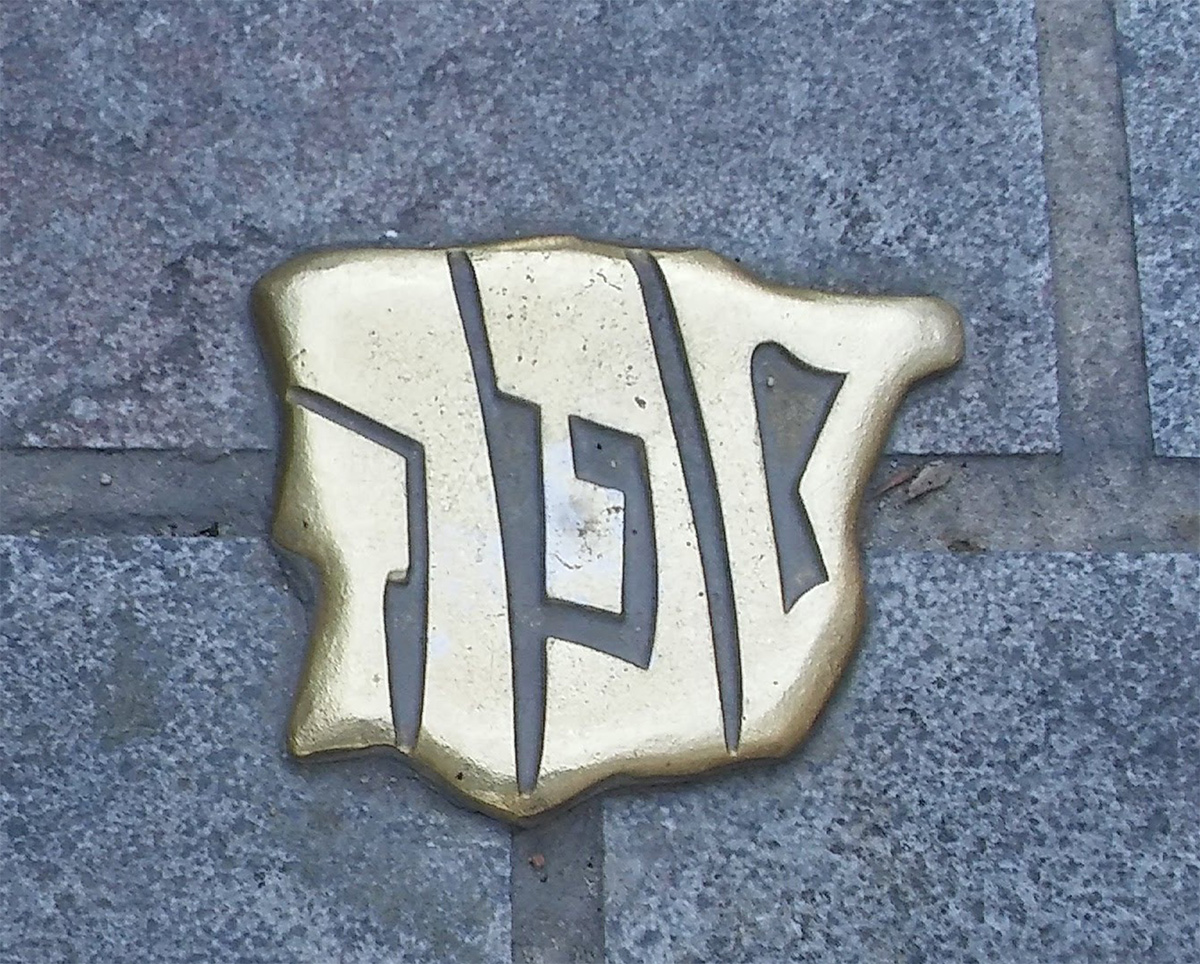
Materializing Memory and Sanctifying Place – Jewish Sephardic Heritage in Contemporary Spain
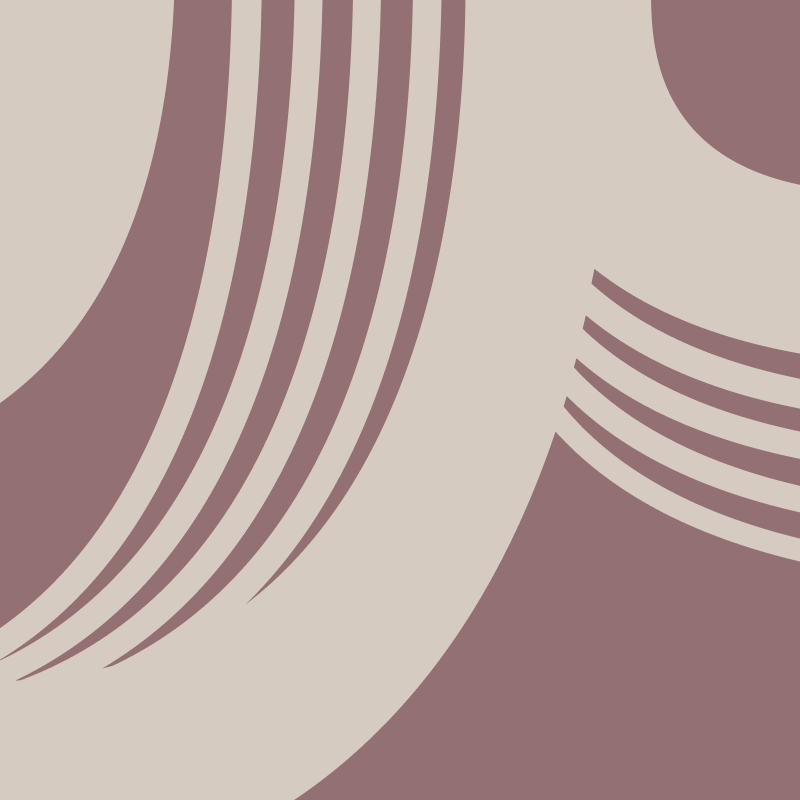
Threads of Identity – The Evolution of Israeli Fashion and the Attempt to Create a National Dress
The Written Silent, the Visible Absence, and the Text in the Written after 1945 – Materiality of Catastrophe, Exile and Belonging in Barbara Honigmann’s Writings
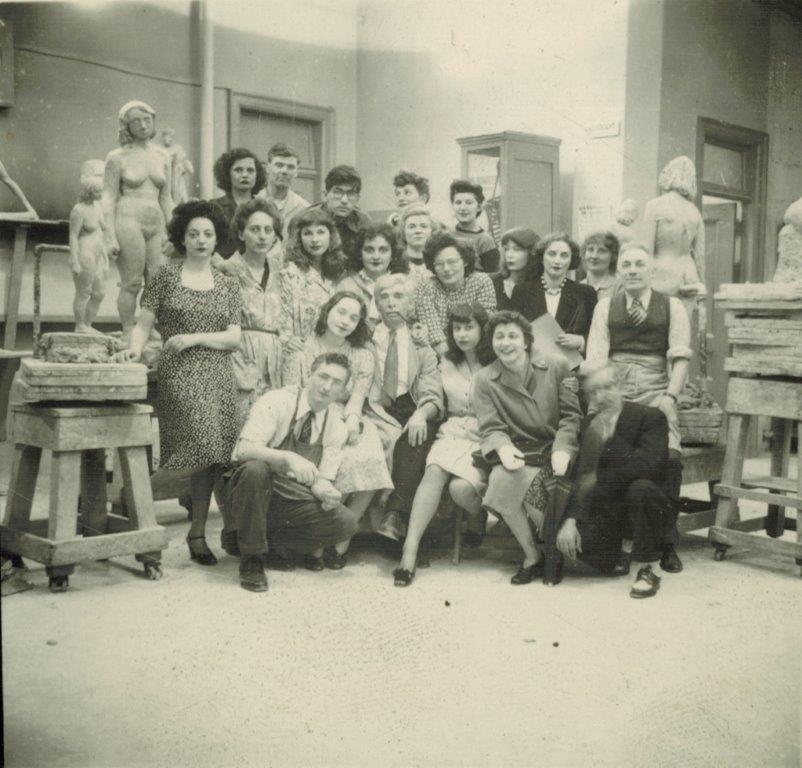
Processing Loss and Fostering Resilience – Jewish and Female Sculptural Strategies of Coping with the 20th Century

Shattered Objects, Shattered Spaces – The Destruction of Jewish Homes in the November Pogroms of 1938

Corresponding with history – Jewish Postage Stamp Collectors and Jewish Emancipation

Nation-Building and Cultural Heritage – The Making of the Jewish National Library in Jerusalem, 1892–1948
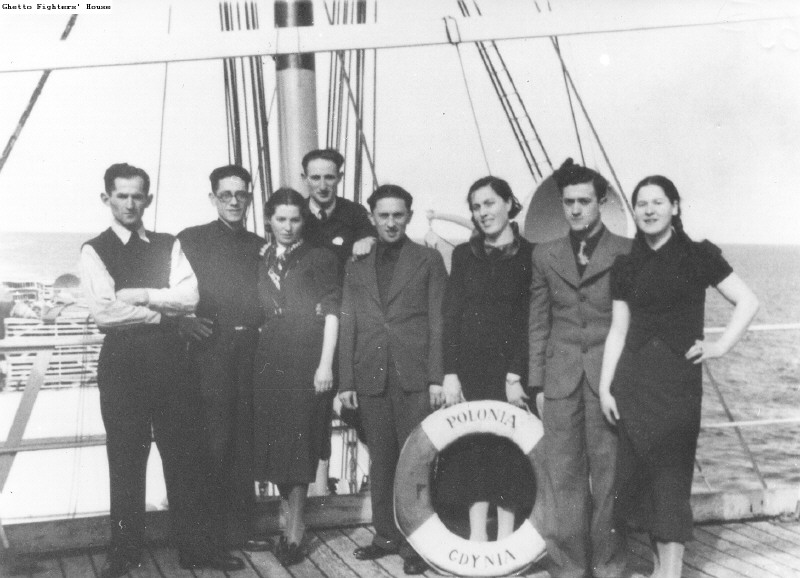
DVARIM POLANIM – Material Culture and the Changing Identity of Polish Jews in Israel across the 20th Century
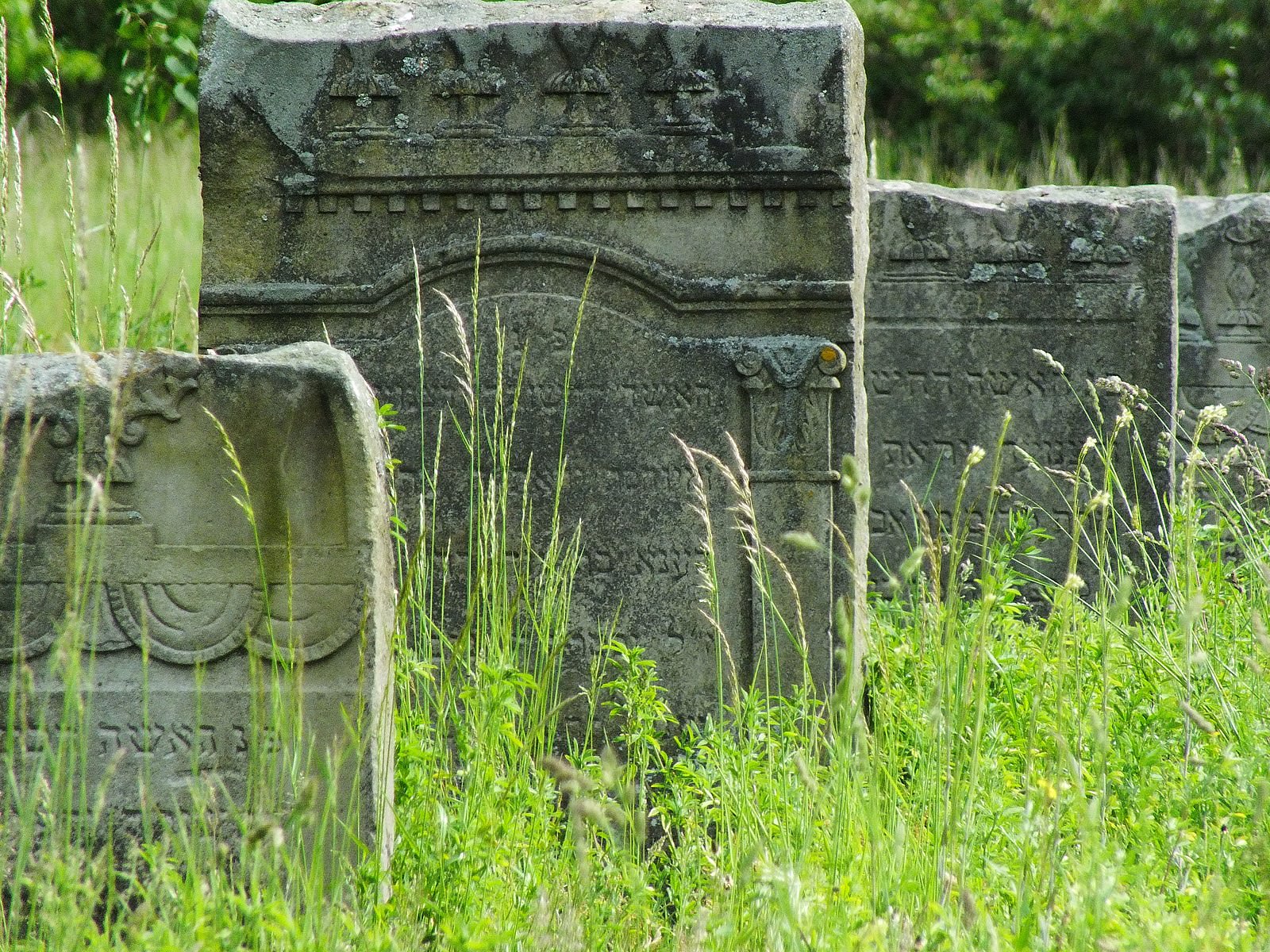
Between Ruins and Revival – Jewish Identity and Material Heritage in Post-Communist Poland

Places of Jewish Knowledge – The Wissenschaft des Judentums and its Material Sites in Berlin’s Urban Landscape, 1871–1961

Traces of belonging(s) – on the materiality of the imprisonment experience of Jewish women in the Ravensbrück women’s concentration camp
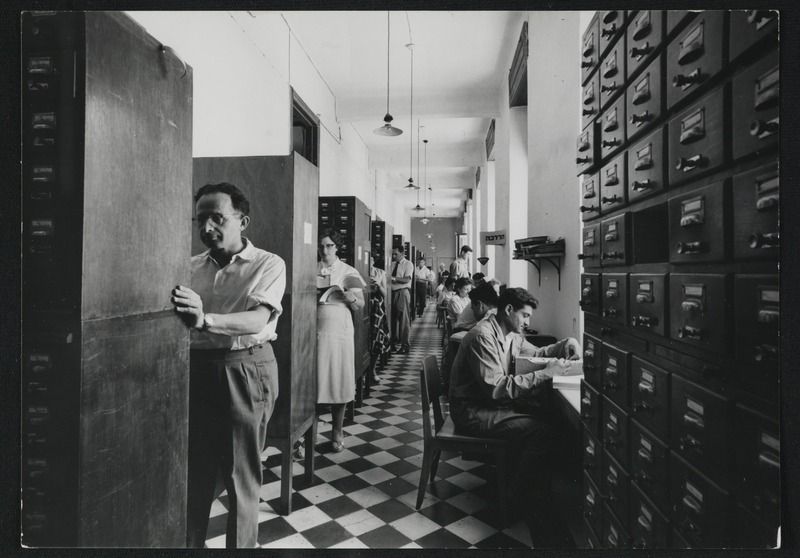
Aufbau im Übergang – Curt Wormann and the Jewish National and University Library between Nation-building and Cultural Diplomacy
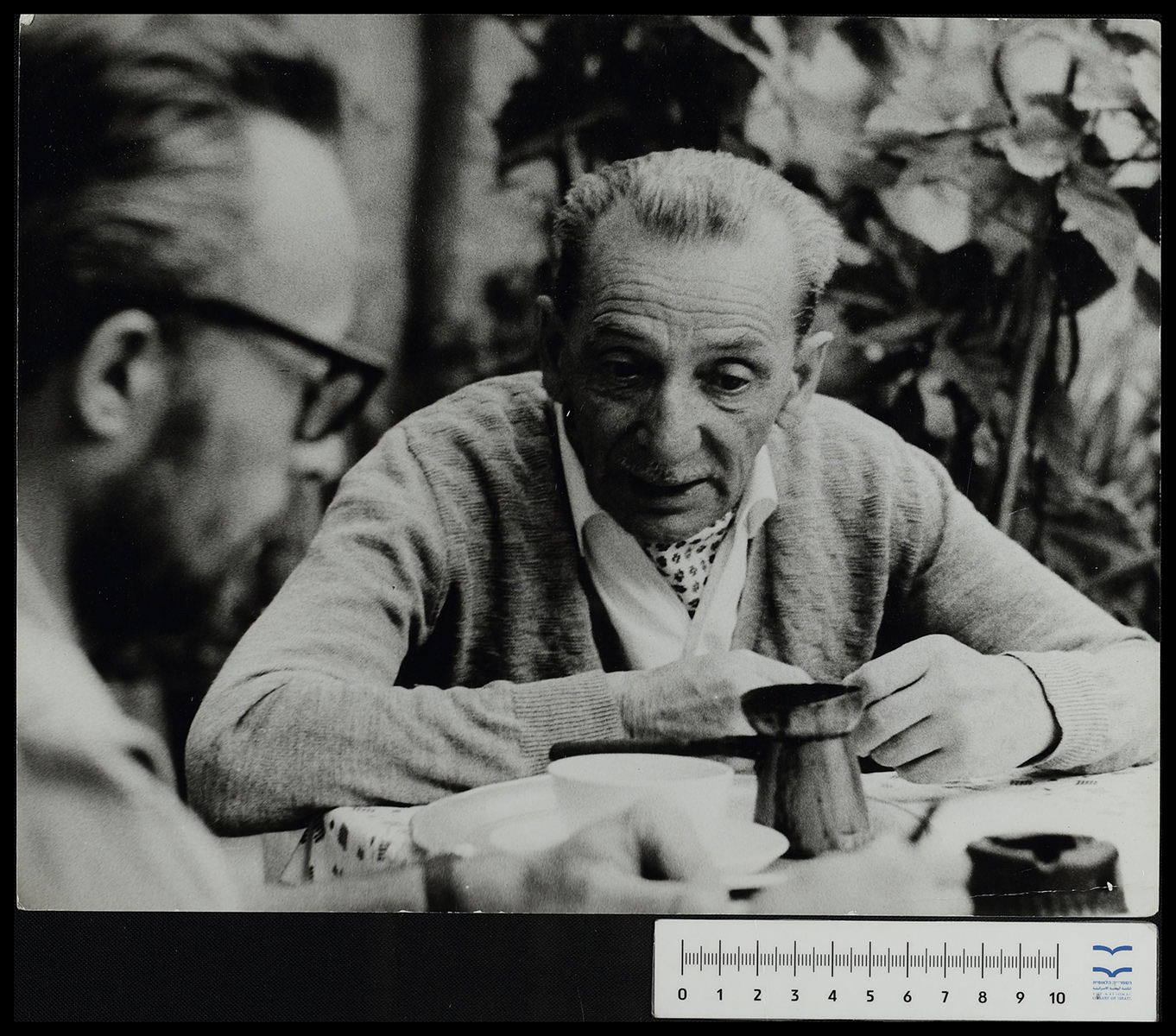
To Change, Question, and Criticize – Concepts of a ‘Werk’ and Concepts of Objects in Illustrated Magazines in Berlin and Vienna during the 1920s.
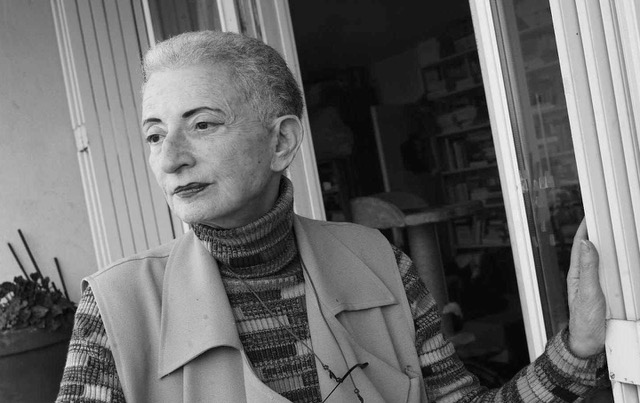
“Mes poumons comme les rouleaux de la Thora” – Towards a Poetics of the Trace: Jewishness, Exile, and Writing in the Work of Hélène Cixous

Processing Loss and Fostering Resilience – Jewish and Female Sculptural Strategies of Coping with the 20th Century
Combining biographical research and iconographic analysis, my project aims to shed light on the overlooked contributions of Jewish women sculptors in the 20th century, emphasizing the ways in which the challenges of their time shaped their artistic work, as both a material and cultural practice.
Sculpture, as a traditionally male-dominated field, was increasingly conquered by women from the turn of the century onward. While during the social upheavals of the First World War, women at times benefited from the expanded opportunities created by instability, the scope for Jewish women’s expression was severely narrowed beginning in the 1930s. Their roles in navigating the complex realities of the period of two world wars, Nazi persecution and the Shoah differed significantly from those of men and non-Jewish women. Many expressed their experiences through sculpture by turning to biblical themes, either as a source of hope or a means of affirming cultural identity, often reinterpreting them through a modern lens. The subject of motherhood was pivotal, as it resonated with both Jewish and feminist perspectives and could serve as a symbol of resilience, continuity, and survival.
My research pays close attention to the everyday and embodied dimensions of sculpture – a medium that poses unique obstacles in terms of production, storage, and transport, particularly during times of uncertainty. Inconsistent conditions for women’s artistic education and work prompted gendered responses across different geographic and historical contexts. To cope with material limitations, professional bans, internment, and exile, they developed sculptural practices – such as creating pocket-sized works or modeling from bread – that rendered artistic production itself a strategy of resilience. While most of the biographies are marked by rupture and displacement, I aim to reconstruct the networks and pathways that connect them, situating them within an international framework.
